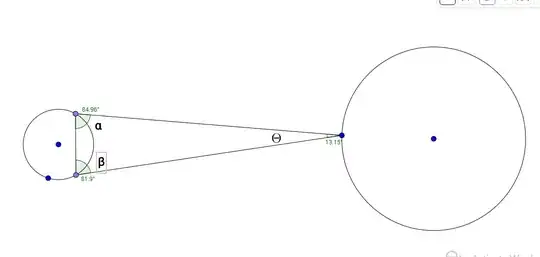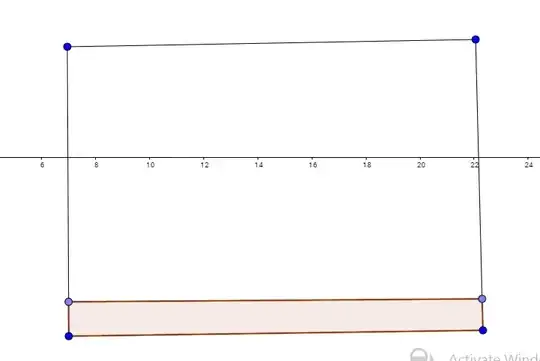(Note: See edits below original post.)
Here is another reason why:
- Radians are unitless (a.k.a. dimensionless).
This means that "$2\pi$ radians" actually equals $2\pi \ $ (the number) without any need to signify a unit of measurement. With $360^\circ$, it is absolutely necessary that we include the "$^\circ$" symbol to signify that it is in the unit of "degrees".
This is important because in dimensional analysis, you can insert radian measurements everywhere without affecting the overall units.
E.g. consider the gravitational acceleration constant: $$g=9.8 \ \text{m}/\text{s}^2. $$
If we, for whatever odd reason, needed to multiply $g$ by $\pi$ radians, the units of measurement are not affected:
$$\pi \text{ radians} \times g = 9.8\pi \ \text{m}/\text{s}^2. $$
If you felt compelled to do so, you could include the declaration of radians as a unit of measurement used:
$$\pi \text{ radians} \times g = 9.8\pi \ \text{m $\cdot$ rad}/\text{s}^2, $$
but it isn't necessary.
Of course, one might argue that this isn't a reason why we use radians, but it is simply a result of using radians. That may be like a chicken and the egg question though. However, I bet some historical research could answer the question.
Edits: Details added to avoid possible confusion.
After some feedback, here is an addendum. I was using the term "unitless" to mean "identical to pure quantity". This is not technically incorrect, per se, but is not a rigorous concept.
1) An angle $\theta$ is a dimensionless physical extent as opposed to distance $d$ which has dimensions of length.
2) Units of measurement of angles are therefore all dimensionless. However, measurements of length will always have dimension.
3) Radians are a unitless measure of angle, however, degrees are not. I.e. measurements in radians are identical to pure quantity, but this is not true for measurements in degrees. (Details below.)
Due to the way our system of mathematics has been historically constructed, measurements in radians are identical to pure quantity and therefore, the declaration of radians as the unit of measurement is redundant. (Of course, it is helpful sometimes.) For this reason, radians are unitless as they are identical to pure quantity. I.e., in the same way that Euler's Constant $e$ requires no unit attached to it (unless it represents a specific dimensional quantity), $1 \ \texttt{rad}$ does not actually need the text "$\texttt{rad}$" attached to it as it is identical to the number $1$.
$$\theta \ \texttt{rad} = \theta = \frac{\text{length of arc on a circle subtended by angle $\theta$}}{\text{radius of the circle}}$$
which has dimensions
$$[\theta \ \texttt{rad}] = [\theta] = 1 = \frac{[\text{length}]}{[\text{length}]}$$
and units
$$[\theta \ \texttt{rad}] = [\theta] = 1 = C \frac{[\texttt{u}_{\text{arc}}]}{[\texttt{u}_{\text{radius}}]}$$ where $\texttt{u}_x$ are the units used to measure $x$ and the conversion factor is $C[\texttt{u}_{\text{arc}}]=[\texttt{u}_{\text{radius}}].$ For example, if we measure the arc in $\texttt{cm}$ and the radius in $\texttt{m}$, then we get that $1 \ \texttt{rad} = 100 \ \texttt{cm}/\texttt{m} = 1$.
However, if we were to use degrees, then
$$\theta^\circ = \theta \ \texttt{degrees} \cdot 1 = \theta \ \texttt{degrees} \cdot \frac{\pi \ \texttt{radians}}{180 \ \texttt{degrees}} = \theta\frac{\pi}{180} \ \texttt{radians} = \theta\frac{\pi}{180}.$$
Hence, $\texttt{degrees}$ are not unitless, as converting them to pure quantity requires a conversion factor.
We could have constructed our system of mathematics such that $\texttt{degrees}$ were unitless instead though. However, that would lead to more complicated formulae as noted by others in comments and answers.

